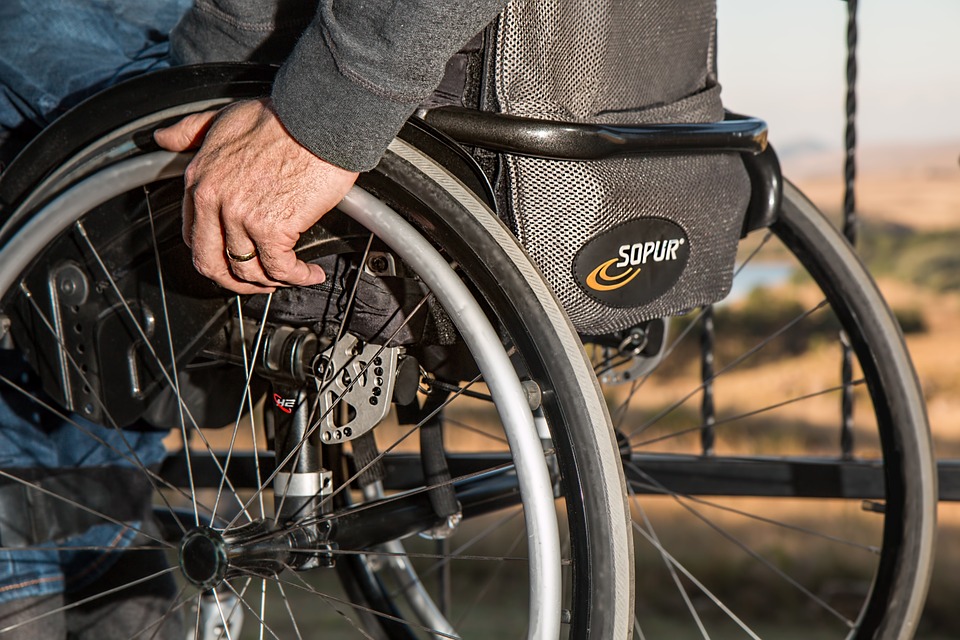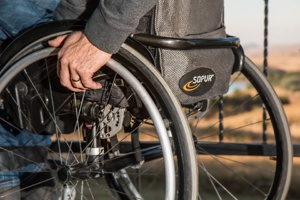Dailycsr.com – 19 September 2016 – The public affairs’ director at AT&T, Susan Digelman, writes about her “privilege” of being part of the celebration of the anniversary of the “passage of the Americans with Disabilities Act”.
The said act provides the disabled individuals the “essential civil rights and unprecedented opportunities in the workplace, the classroom and in their own homes and communities”. Looking at the “data-driven” and “tech-centric” society of today, one realises that such potentials have taken the shape of reality. People disabled and normal alike are internet users, both look for employment, and use their smart tools to keep their houses smart and secure.
Technology has enabled a voice to be heard irrespective of one can “speak or not”. Likewise, AT&T has committed itself in “working with other organizations and businesses” for developing “accessible technology” through AT&T’s “Wireless Independence Now program”. Under the said programme, AT&T also trains people who have disabilities to make the most use of their devices’ “accessibility functions”.
In Susan Digelman’s words:
“We believe that creating an inclusive community is about more than screen readers and ramps. It’s about bringing together diverse perspectives, identifying needs and working with the disability community to find new and more innovative ways to meet those needs through technology”.
AT&T has been a recipient of “Connector Award” along with the recognition of “a 100% rating in the Disability Equality Index”. The latter initiative has been taken up by “AAPD and USBLN”, so that businesses can objectively be evaluated for their “disability inclusion policies and practices”. Digelman recognises the value of people with disability in a “diverse workforce”, while the company strengthens itself by “recruiting, retaining and promoting employees with disabilities”.
In this manner, AT&T seeks to create “next generation of leaders in the disability community”, helped by a “competitive advantage in producing cutting-edge accessible products” for the disabled people under the “AAPD Internship Program”. In a concluding note, Digelman added:
“While AT&T is committed to improving accessibility and creating a more inclusive workforce, we can’t do it alone. Support and guidance from organizations like AAPD, USBLN and others make those improvements possible. As we mark this anniversary of the passage of the Americans with Disabilities Act, it’s a great time to remember how collaboration and inclusion can help to accomplish more than we could ever accomplish on our own”.
References:
ethicalperformance.com
The said act provides the disabled individuals the “essential civil rights and unprecedented opportunities in the workplace, the classroom and in their own homes and communities”. Looking at the “data-driven” and “tech-centric” society of today, one realises that such potentials have taken the shape of reality. People disabled and normal alike are internet users, both look for employment, and use their smart tools to keep their houses smart and secure.
Technology has enabled a voice to be heard irrespective of one can “speak or not”. Likewise, AT&T has committed itself in “working with other organizations and businesses” for developing “accessible technology” through AT&T’s “Wireless Independence Now program”. Under the said programme, AT&T also trains people who have disabilities to make the most use of their devices’ “accessibility functions”.
In Susan Digelman’s words:
“We believe that creating an inclusive community is about more than screen readers and ramps. It’s about bringing together diverse perspectives, identifying needs and working with the disability community to find new and more innovative ways to meet those needs through technology”.
AT&T has been a recipient of “Connector Award” along with the recognition of “a 100% rating in the Disability Equality Index”. The latter initiative has been taken up by “AAPD and USBLN”, so that businesses can objectively be evaluated for their “disability inclusion policies and practices”. Digelman recognises the value of people with disability in a “diverse workforce”, while the company strengthens itself by “recruiting, retaining and promoting employees with disabilities”.
In this manner, AT&T seeks to create “next generation of leaders in the disability community”, helped by a “competitive advantage in producing cutting-edge accessible products” for the disabled people under the “AAPD Internship Program”. In a concluding note, Digelman added:
“While AT&T is committed to improving accessibility and creating a more inclusive workforce, we can’t do it alone. Support and guidance from organizations like AAPD, USBLN and others make those improvements possible. As we mark this anniversary of the passage of the Americans with Disabilities Act, it’s a great time to remember how collaboration and inclusion can help to accomplish more than we could ever accomplish on our own”.
References:
ethicalperformance.com


 AT&T Celebrates The ‘Passage Of The Americans With Disabilities Act’s Anniversary
AT&T Celebrates The ‘Passage Of The Americans With Disabilities Act’s Anniversary





 Companies
Companies